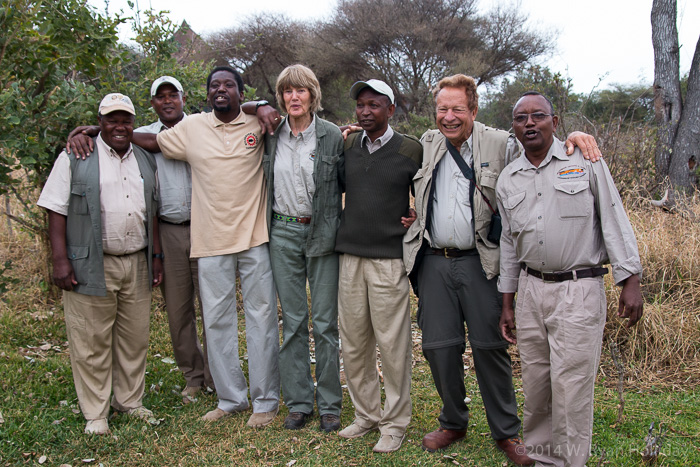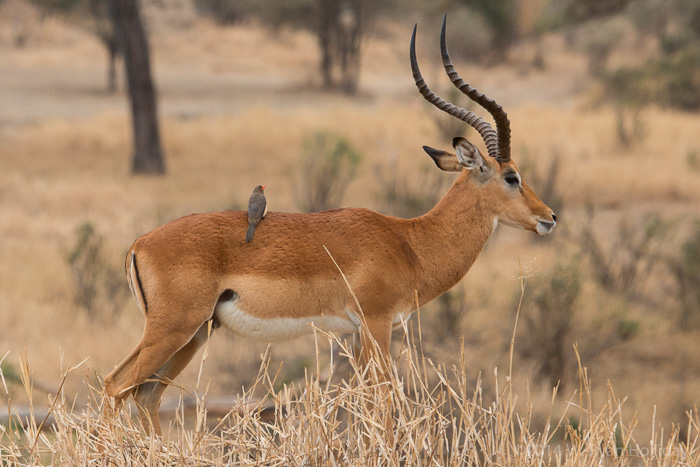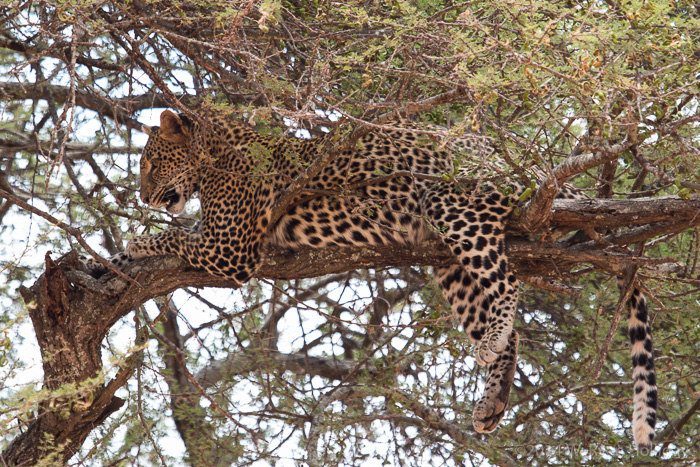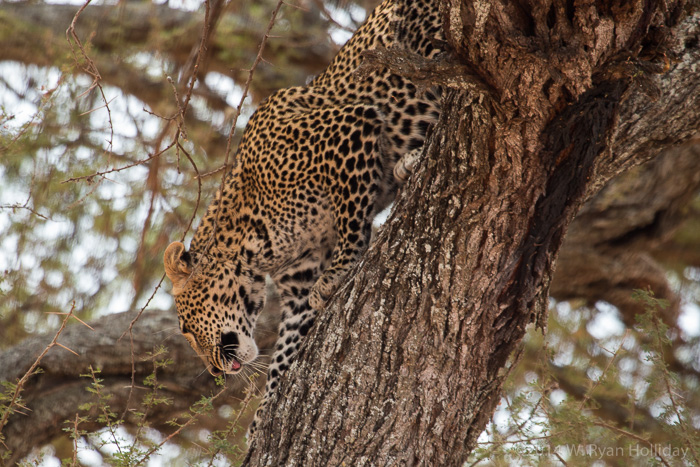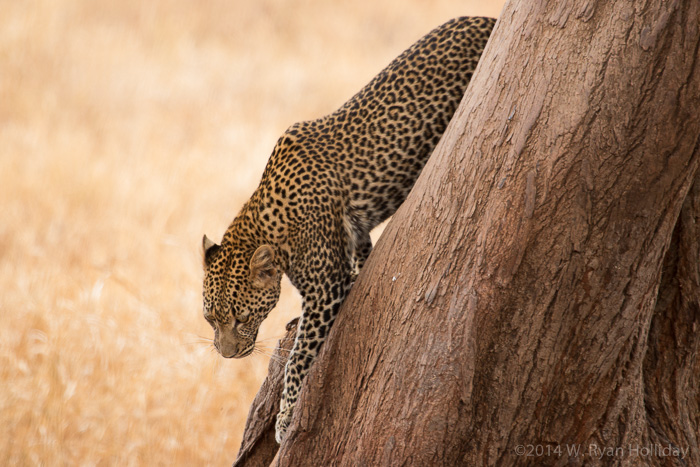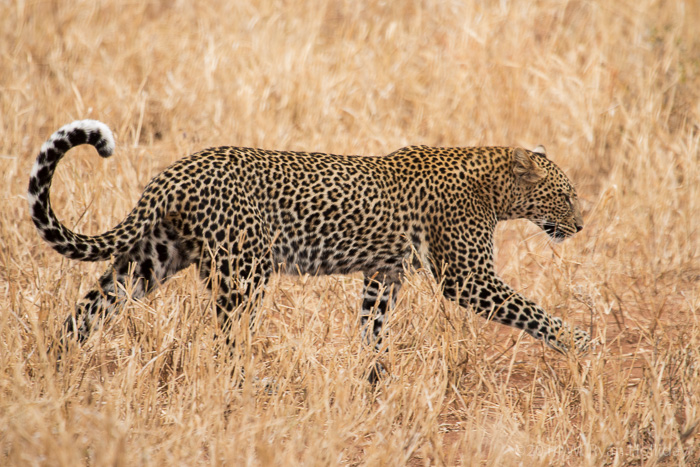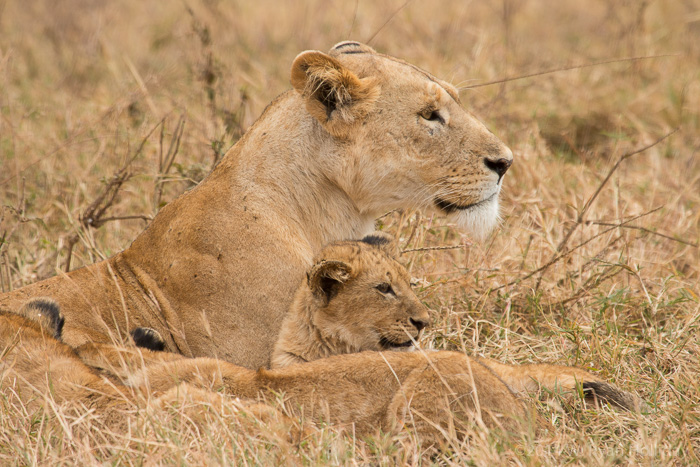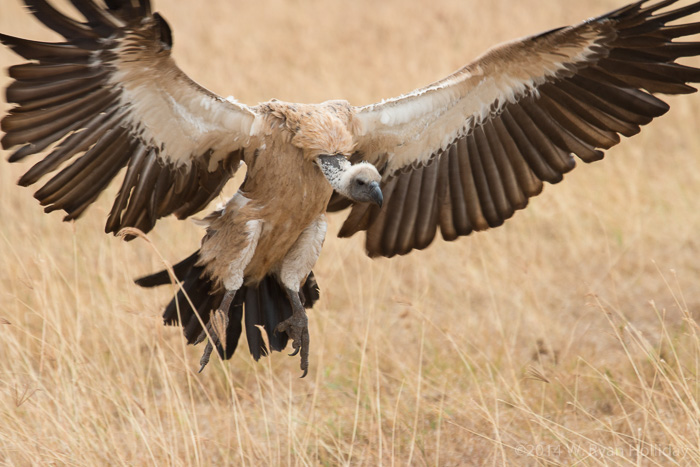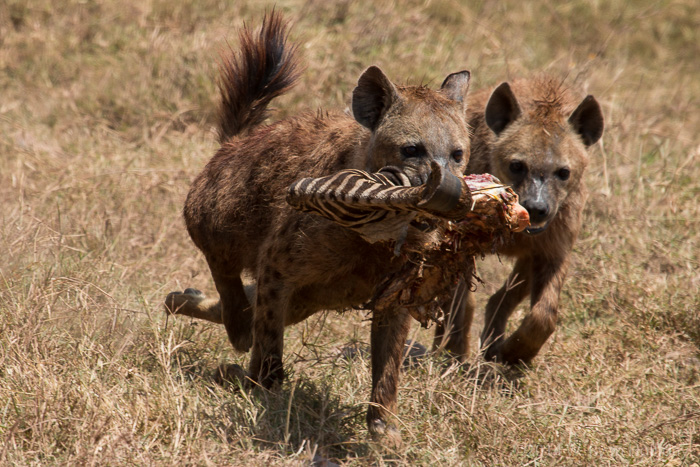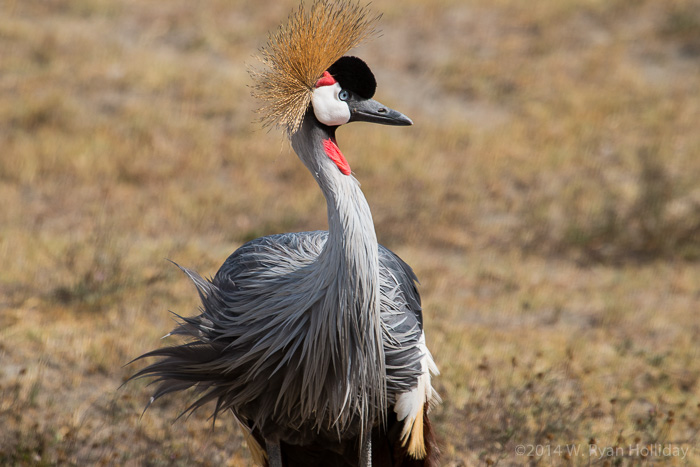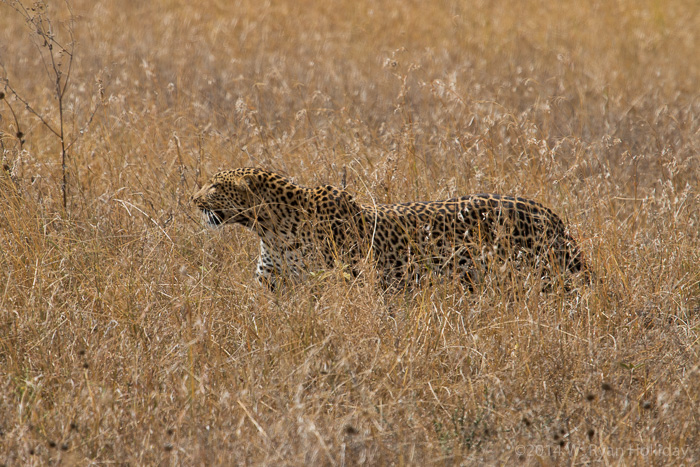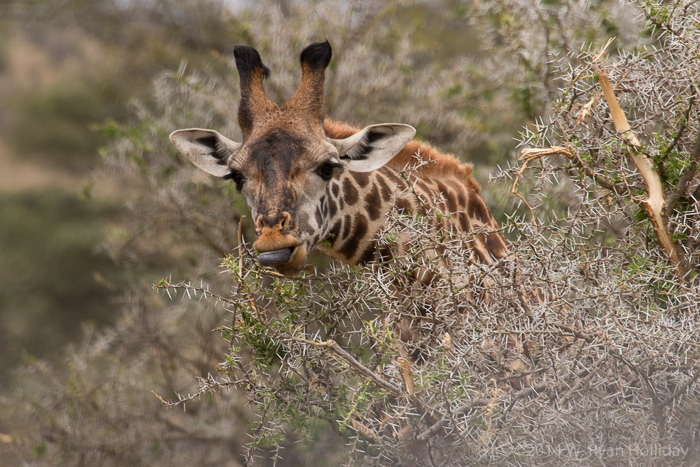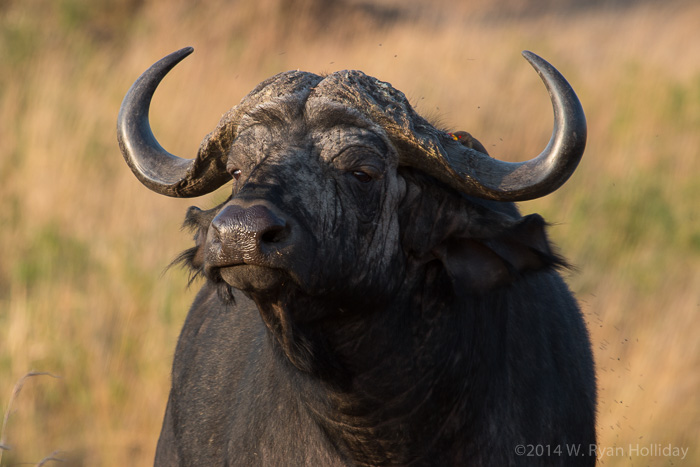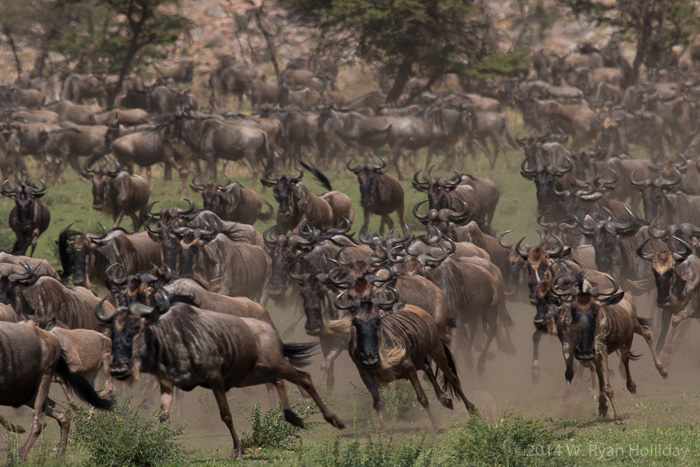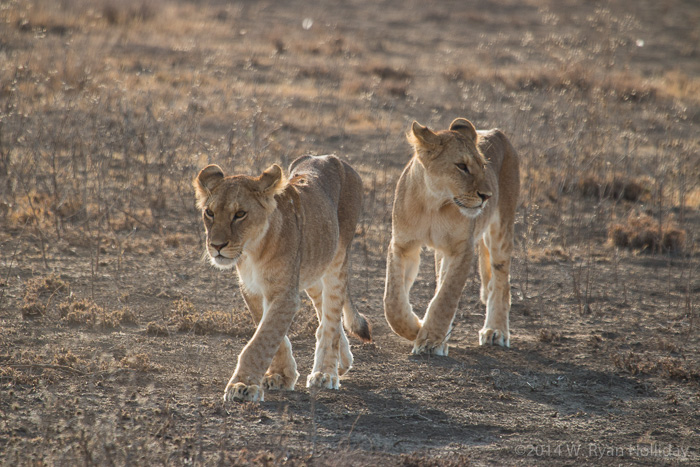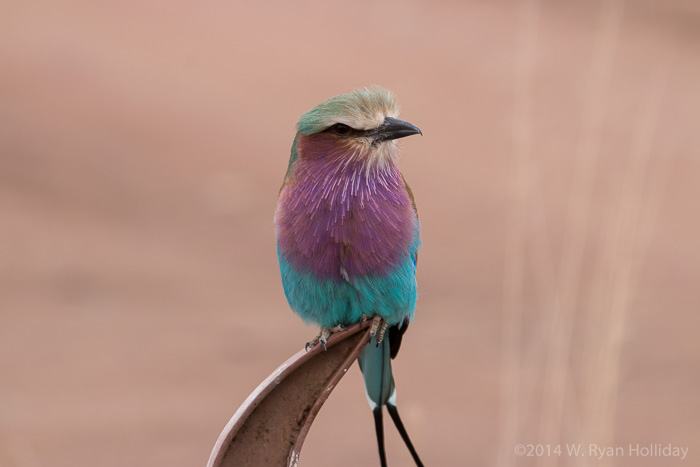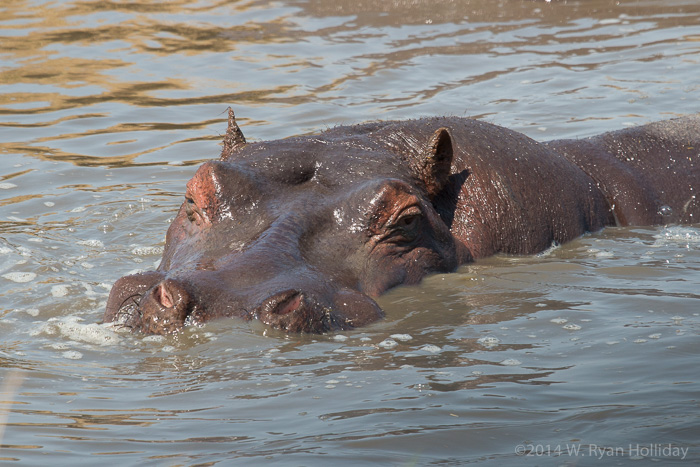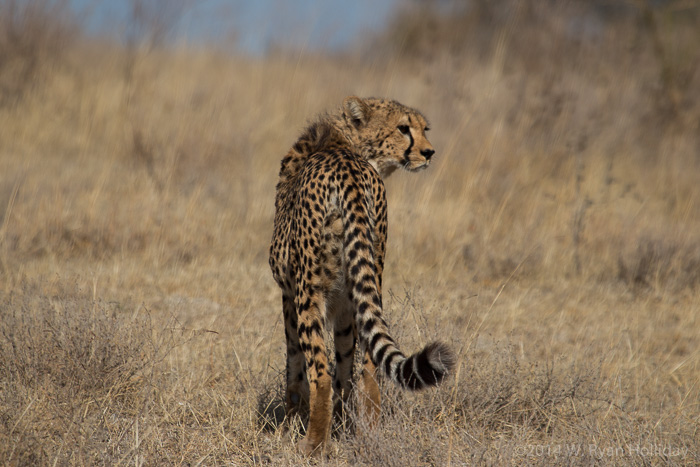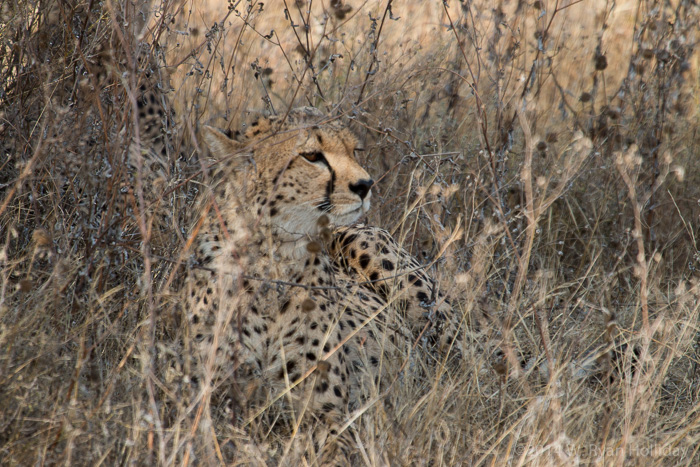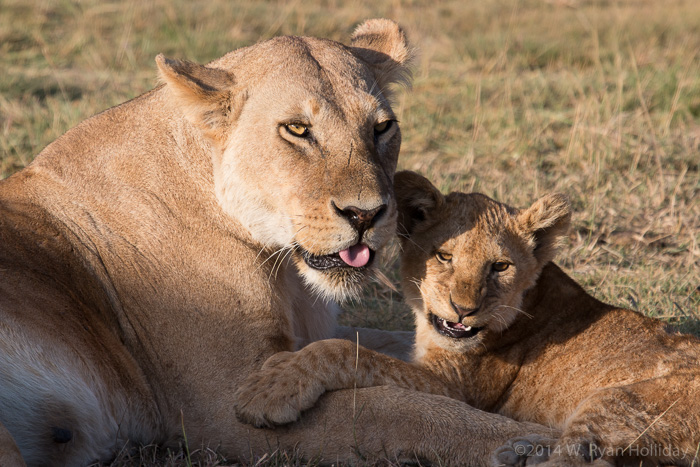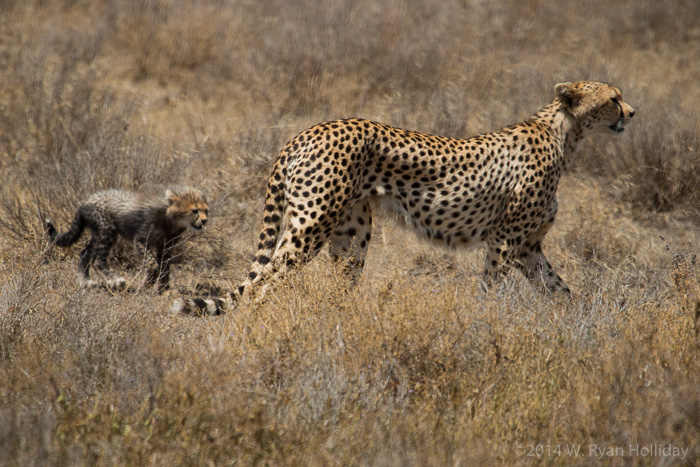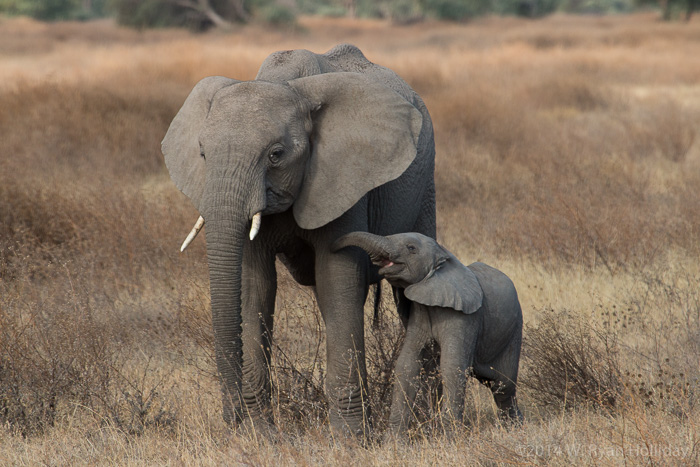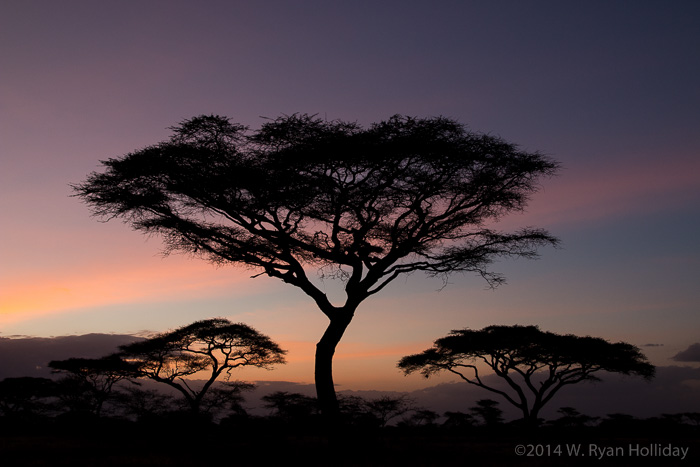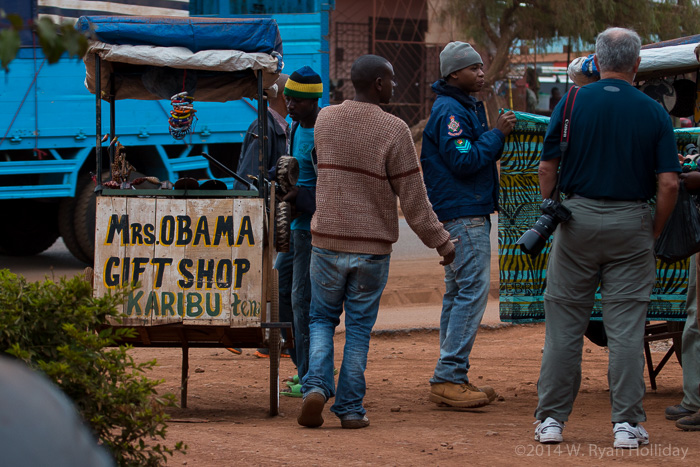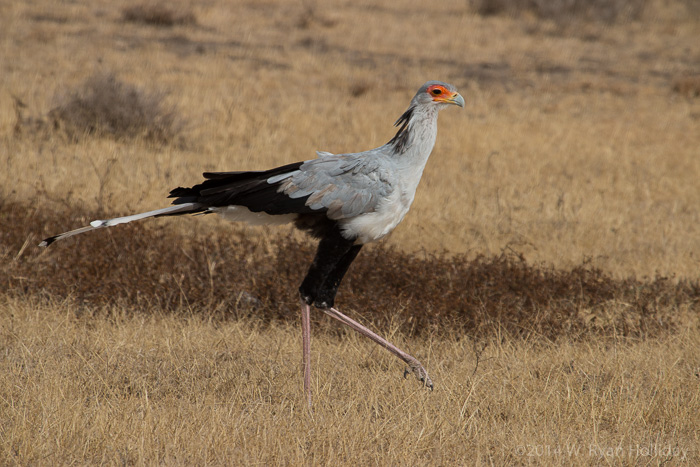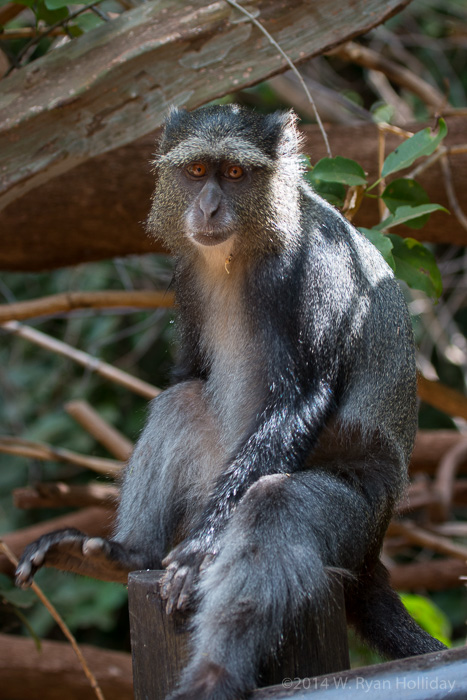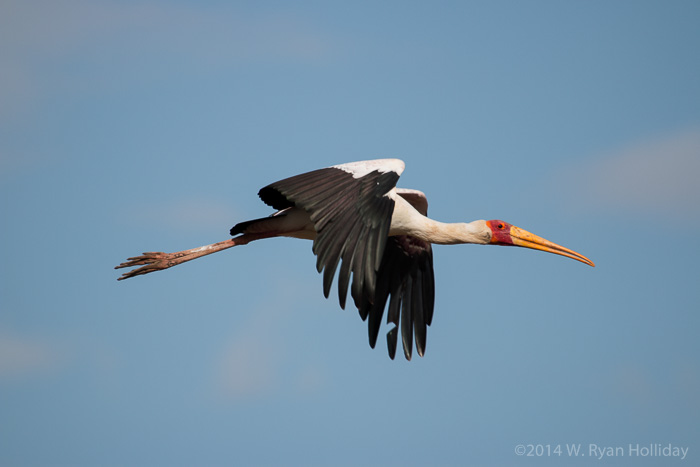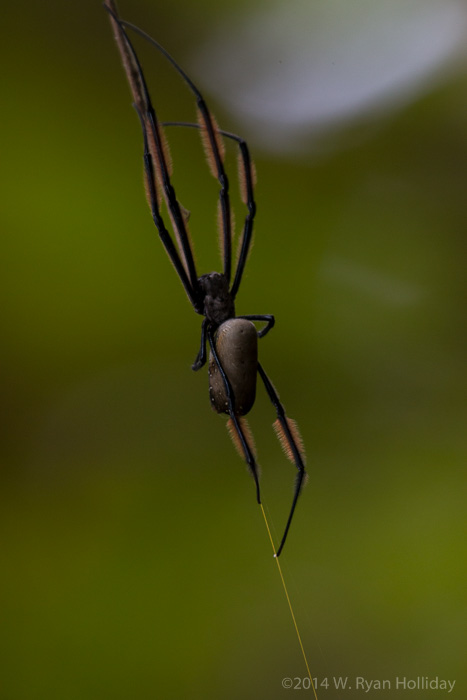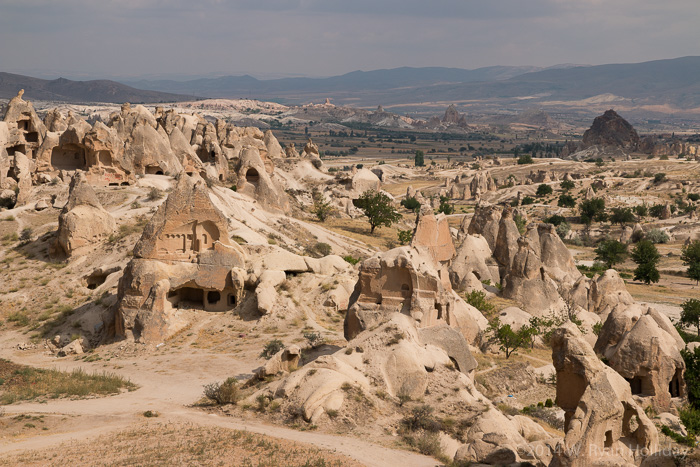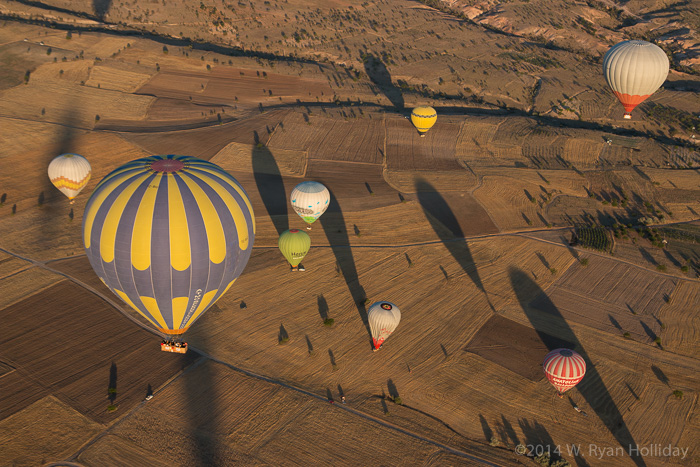Goodbye, Tanzania. Hello, Kenya. I’m now in a country where the captain of the track team is voted prom king, while the football captain is the guy who got cut from the cross-country team.
Our last (brief) game drive in Tanzania allowed me to redeem myself for identifying four animals as lions yesterday when they were actually warthogs (in my defense, they were low in the grass and covered in orange mud) by sighting a huge male lion before the guides saw him. The brief time with the animals was followed by a drive back to Arusha and a goodbye to many of the passengers and most of the guides. Seven passengers, and two of our guides then hopped on a bus for the five hour drive to Nairobi, which included a stop at a Wild West border crossing filled with old Masai women shoving trinkets in our faces, truckers camped out for multiple days waiting for vehicle inspections, and vastly more chaos than one would typically associate with national boundaries. So far as I know we made it across without casualties, and a tired and bedraggled group then continued on to the Kenyan capital. After a couple of weeks of driving remote dirt roads, being in massive traffic jams again was hugely stressful, although early tomorrow morning the Kenyan safari vehicles arrive and we’ll be off to quiet, non-smoggy places again.
Tanzania is an impressive place – they’ve protected a third of the country in parks or conservation areas, the people have incredible attitudes despite whatever hardships they might face, and the wildlife and scenery are unbelievable. I’m extraordinarily glad I got to see it, and were I a betting man I’d wager that this won’t be my last visit to this astounding country.
